哈林文艺复兴
Harlem Renaissance
哈林文艺复兴,也被被称为“新黑人运动”,由1925年作家阿兰·洛克的诗集名字命名。哈林文艺复兴通常被认为开始于1918年左右一直跨越到30年代中期。它的许多思想在此后还存在了很长一段时间。这个“黑人文艺绽放”运动到达顶峰时期在1924年到1929年之间。
曾有作家描写道“哈林不只是一个殖民地、定居地,更是一座黑人城市,位于白人聚居的曼哈顿中心,这里黑人比世界上任何地方都要多”。
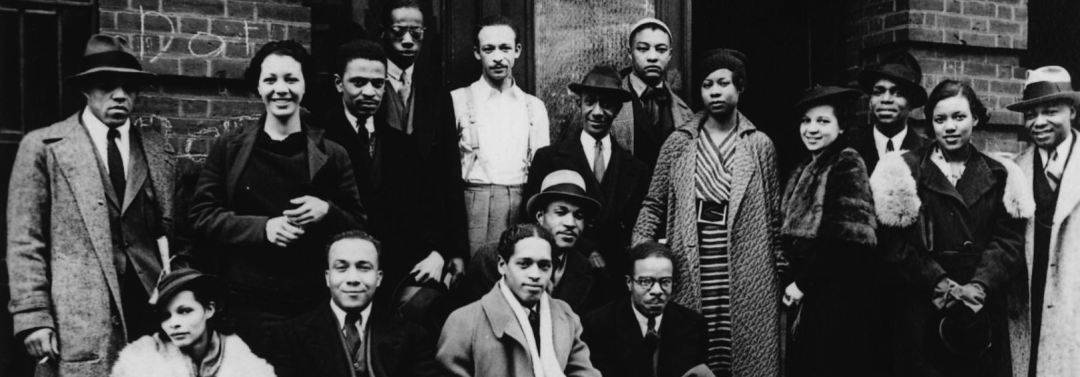
The 306 Workshop Group in front of 306 West 141st Street,Late1930s
虽然哈林文艺复兴集中在纽约曼哈顿的哈林区,但是,许多住在巴黎的来自非洲和加勒比海殖民地的法语黑人作家也受到了哈林文艺复兴的影响。这场运动旨在邀请非裔美国艺术家们通过实践各种艺术形式来打破对黑人的种种刻板印象、提高知名度的同时一并提升美国黑人的形象,很多作品主题以快乐为主,但艺术家们也并没有回避现实中尖锐的社会矛盾,比如:疏远、歧视、隔离,以及在一个白种人世界里,黑人身份的种种窘境。
ARTIST
Jacob Lawrence是一位非洲裔美国画家,作为哈林文艺复兴的艺术家代表人物之一,他以描绘非裔美国人的日常生活闻名。劳伦斯也将他的风格称为“动态立体主义”,他用黑色、棕色以及少量鲜艳的色彩在作品中并置,将非裔美国人的经历转化为艺术表现形式,以日常生活为主题,用现代主义的插图形式表现非裔美国人的历史。
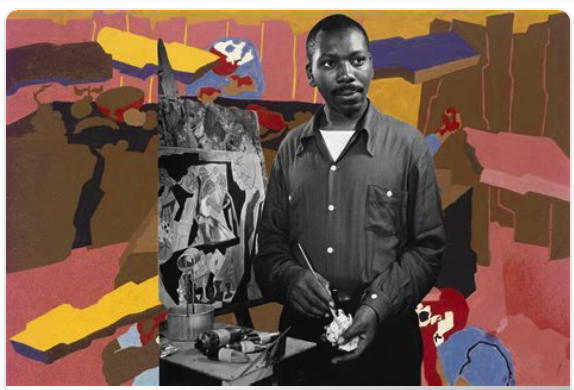
他少年得志,仅仅20出头就获得了大众的认可,最著名的作品是《migration series》以“移民”为主题的系列绘画。描绘了非洲裔美国人从主打农耕文化的南方田园到主打工业的北方城市的大迁徙过程。“移民”主题系列一共有60幅叙事型绘画作品。其中,奇数编号的画作在华盛顿菲利普斯收藏中心,偶数编号的画作在MOMA纽约当代艺术博物馆展出。
(以下60幅《移民》系列作品转载自以上两个艺术中心)
<MIGRATION>
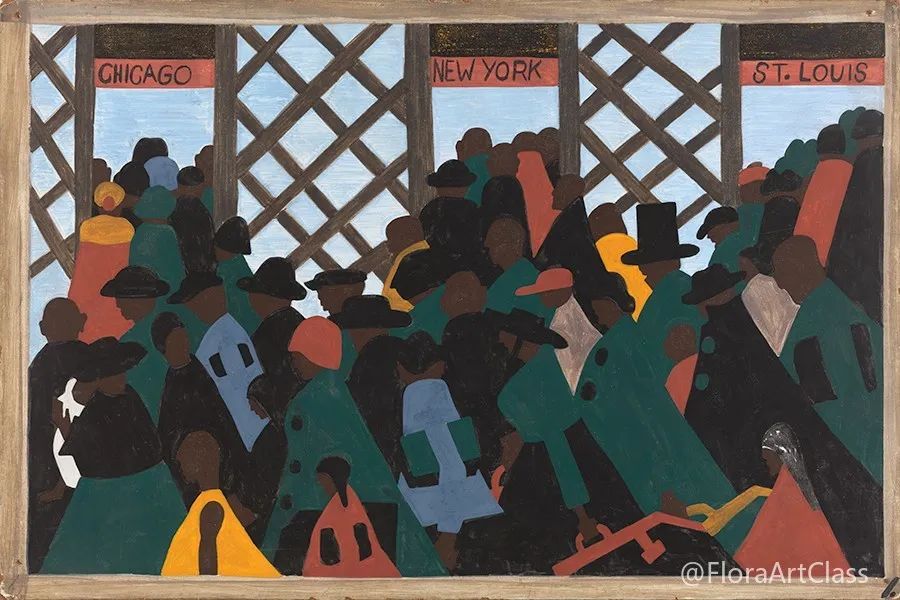
1 During World War I there was a great migration north by southern African Americans.
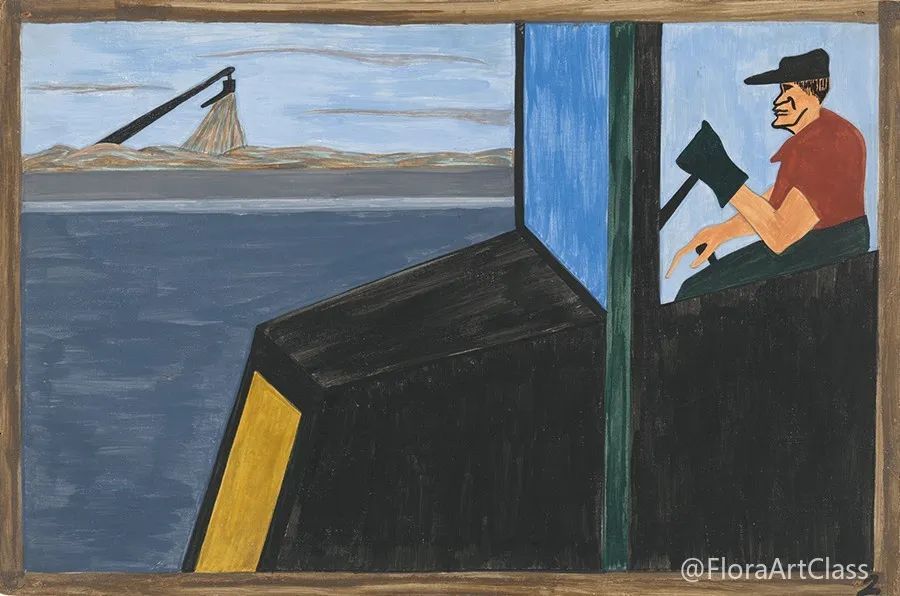
2 The war had caused a labor shortage in northern industry. Citizens of foreign countries were returning to their native lands.
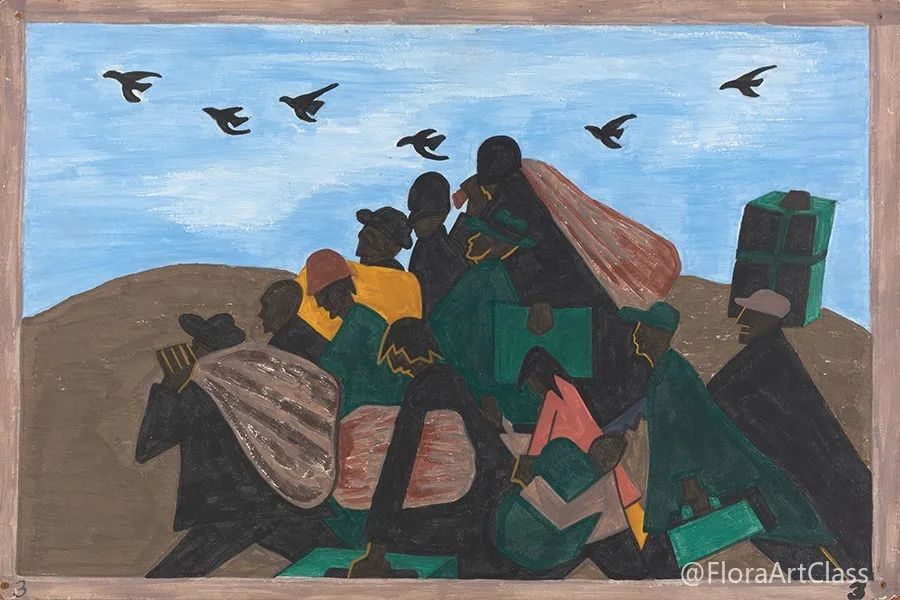
3 From every southern town migrants left by the hundreds to travel north.
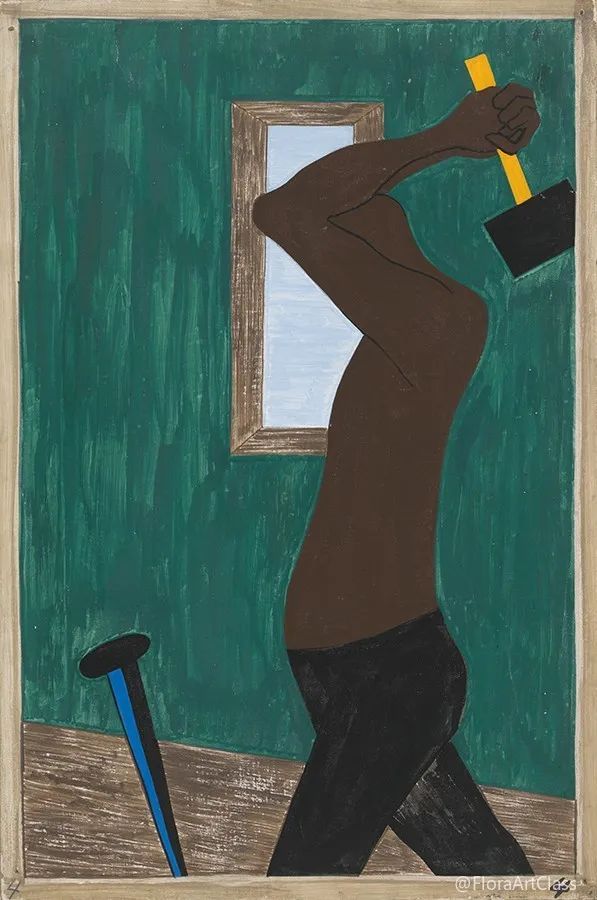
4 All other sources of labor having been exhausted, the migrants were the last resource.
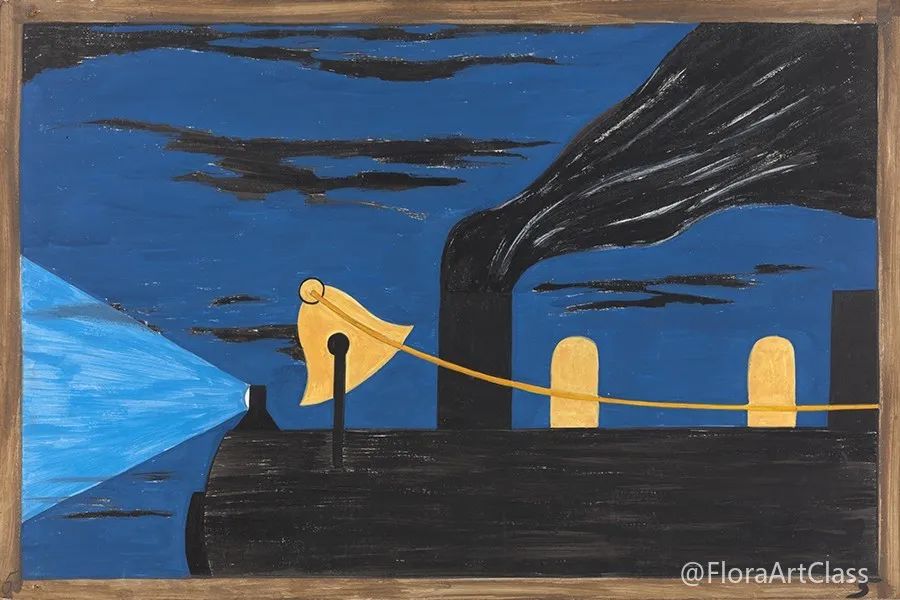
5 Migrants were advanced passage on the railroads, paid for by northern industry. Northern industry was to be repaid by the migrants out of their future wages.
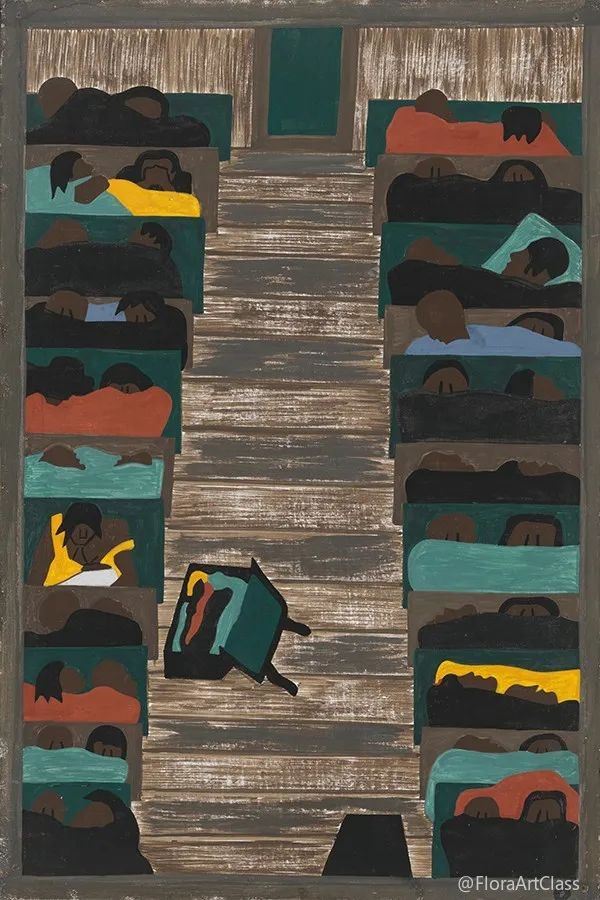
6 The trains were crowded with migrants.
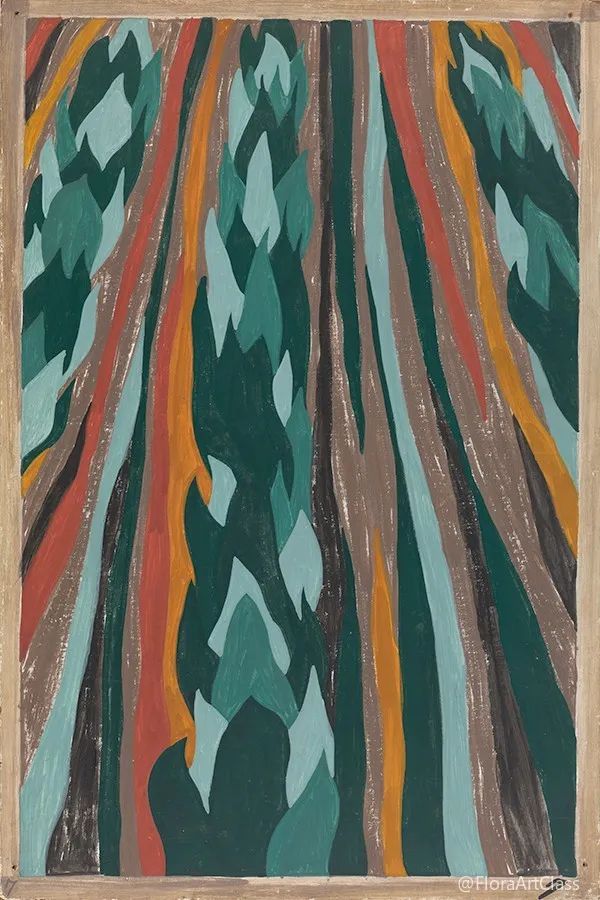
7 The migrant, whose life had been rural and nurtured by the earth, was now moving to urban life dependent on industrial machinery.

8 Some left because of promises of work in the North. Others left because their farms had been devastated by floods.

9 They left because the boll weevil had ravaged the cotton crop.
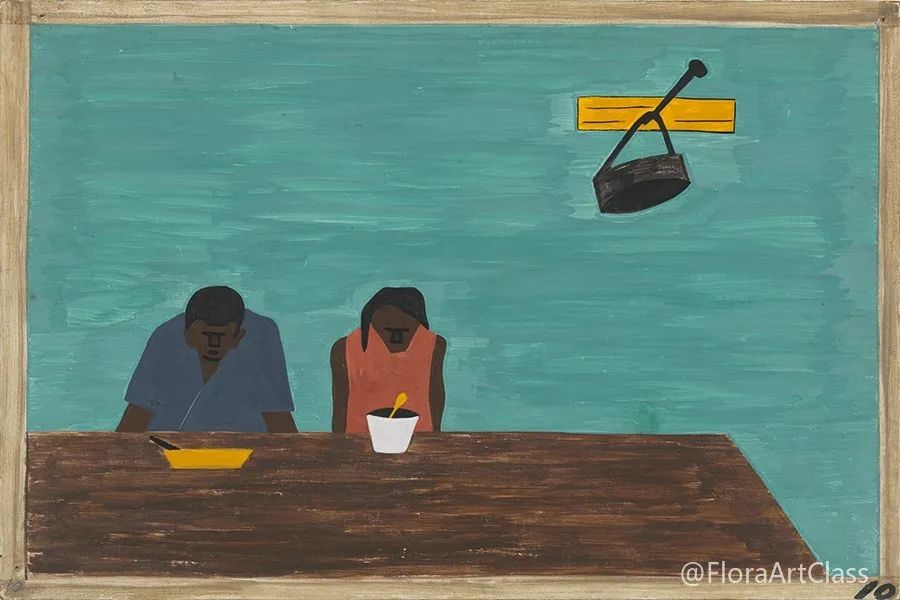
10 They were very poor.
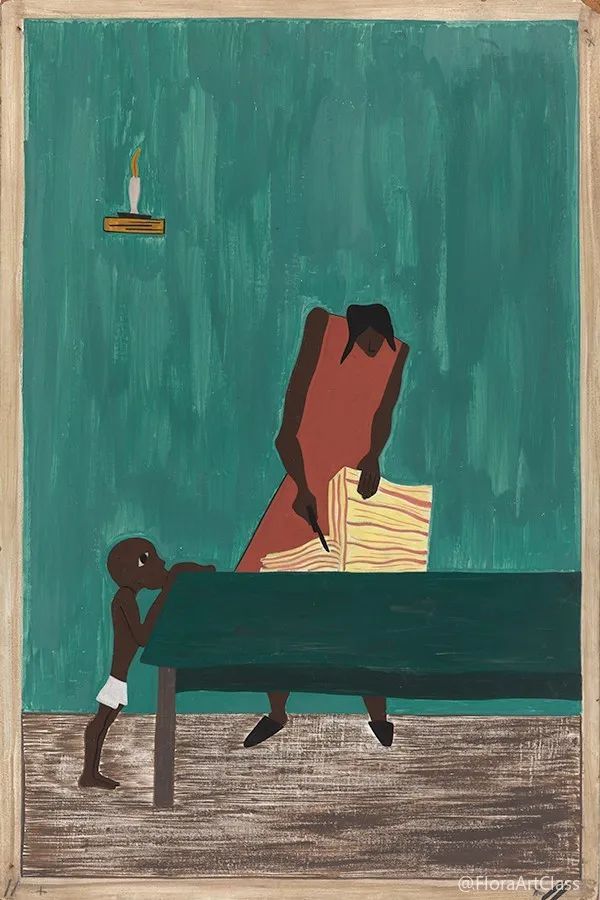
11 Food had doubled in price because of the war.

12 The railroad stations were at times so crowded with people leaving that special guards had to be called to keep order.
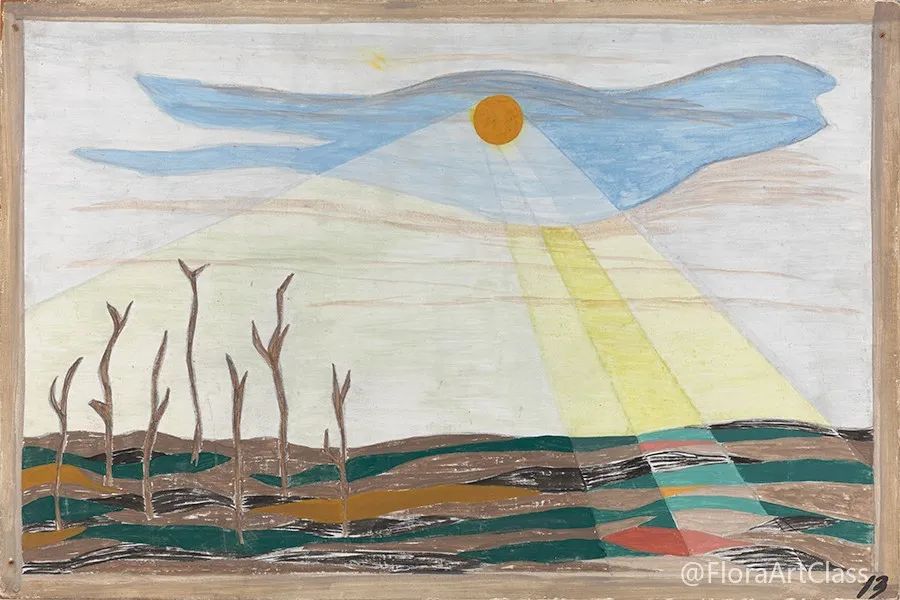
13 The crops were left to dry and rot. There was no one to tend them.
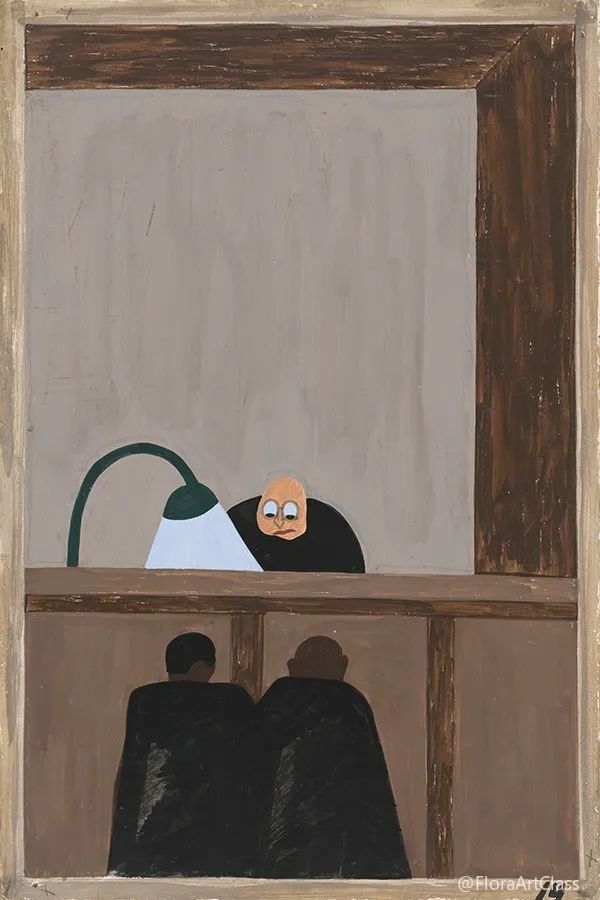
14 For African Americans there was no justice in southern courts.
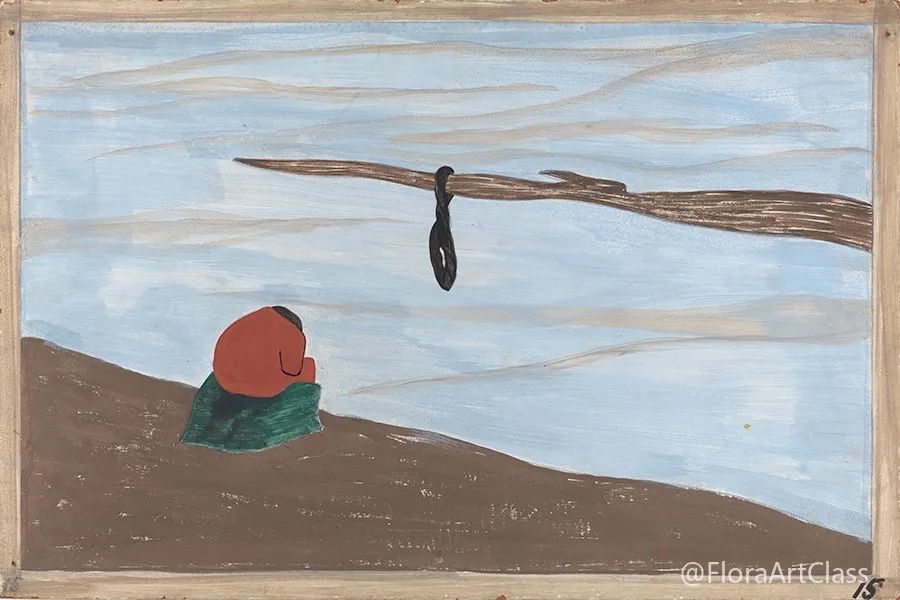
15 There were lynchings.
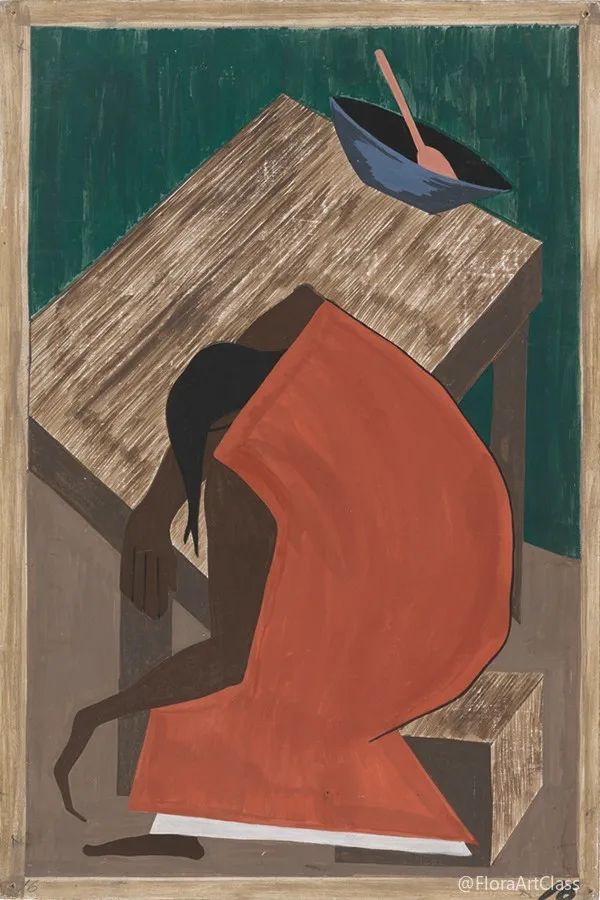
16 After a lynching the migration quickened.

17 Tenant farmers received harsh treatment at the hands of planters.

18 The migration gained in momentum.
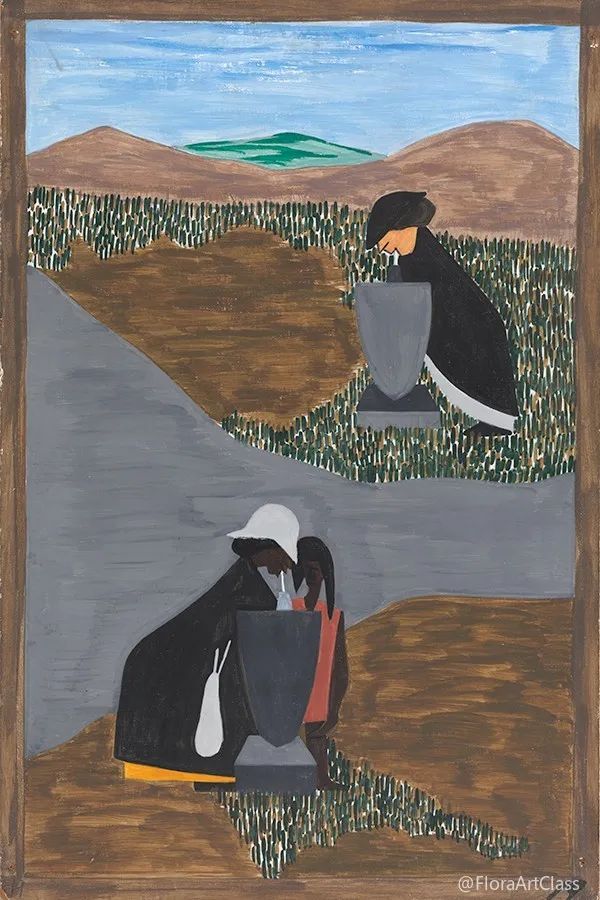
19 There had always been discrimination.
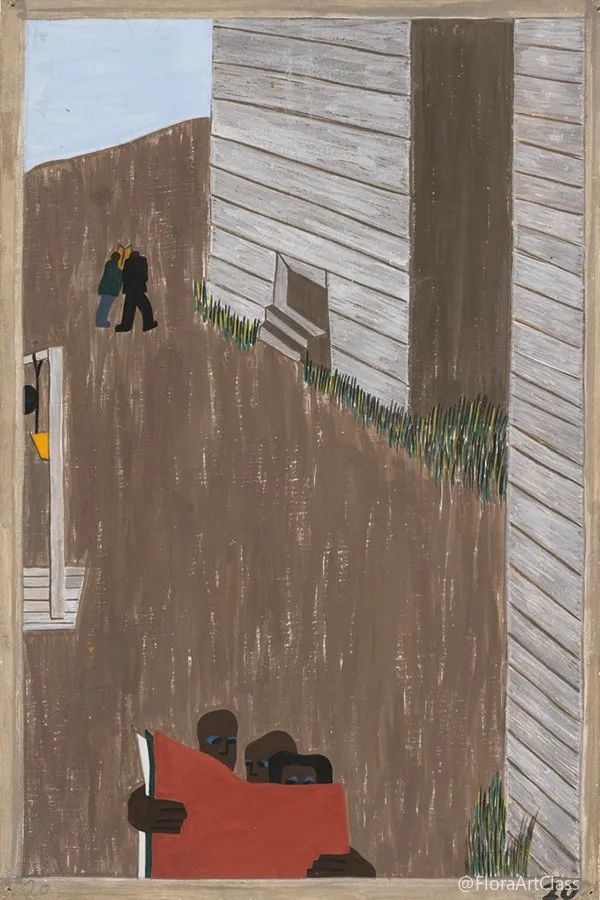
20 In many of the communities the black press was read with great interest. It encouraged the movement.
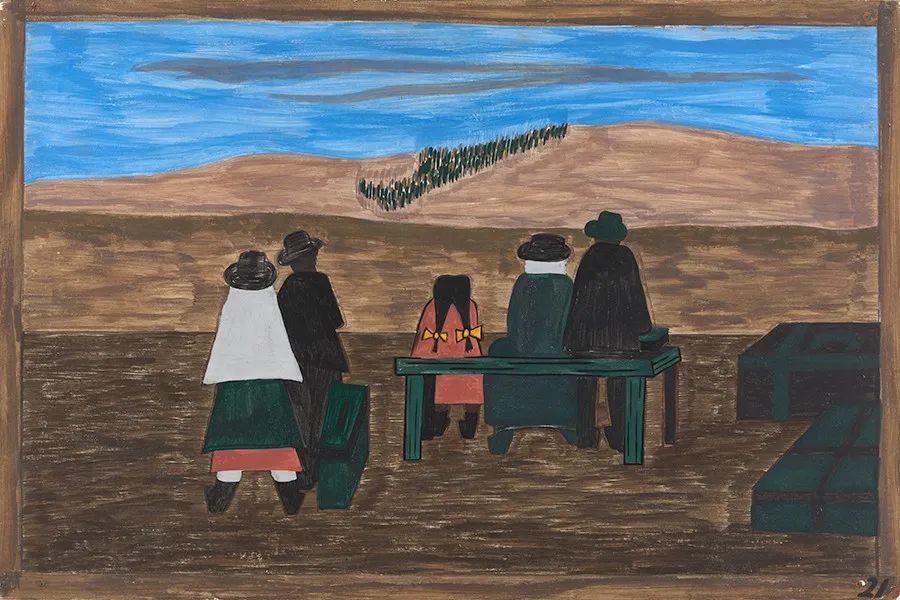
21 Families arrived at the station very early. They did not wish to miss their trains north.

22 Migrants left. They did not feel safe. It was not wise to be found on the streets late at night. They were arrested on the slightest provocation.
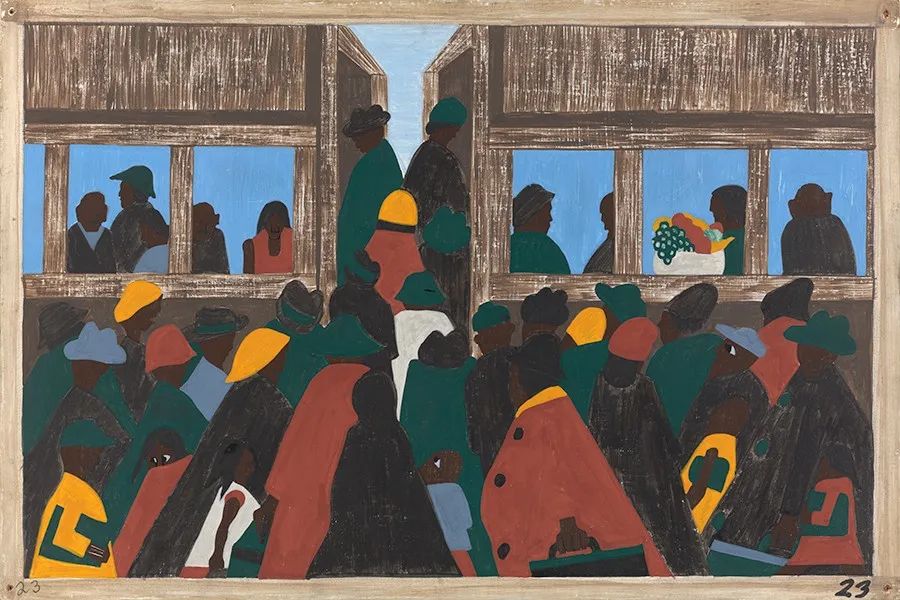
23 The migration spread.
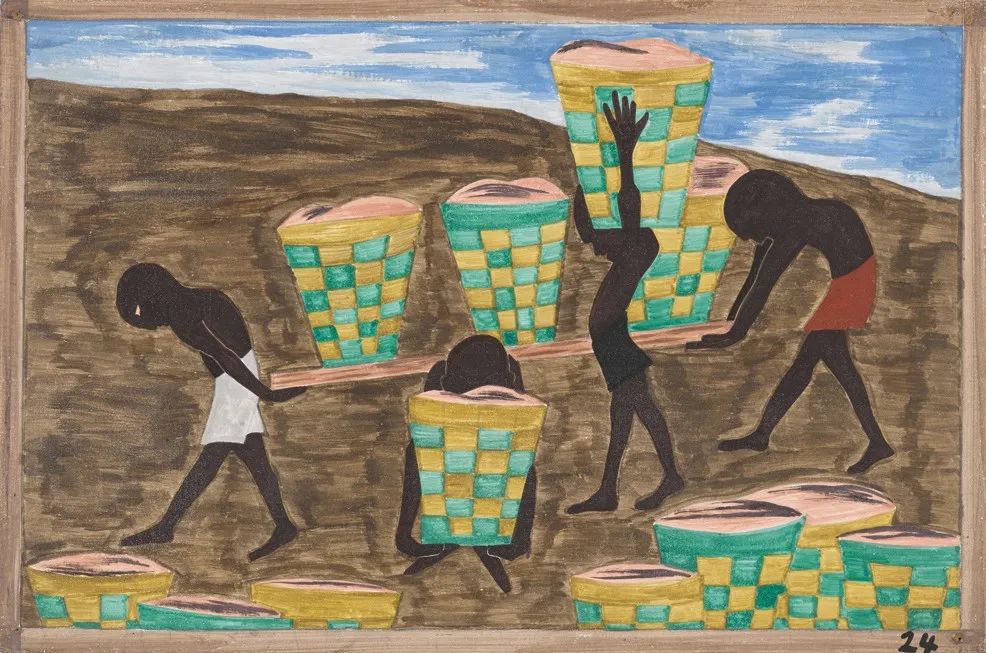
24 Their children were forced to work in the fields. They could not go to school.
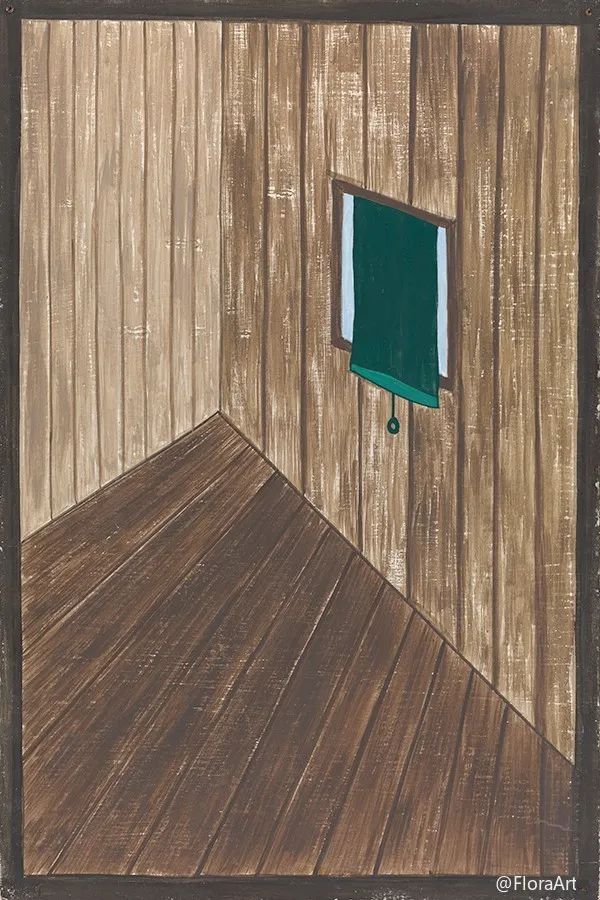
25 They left their homes. Soon some communities were left almost empty.

26 And people all over the South continued to discuss this great movement.
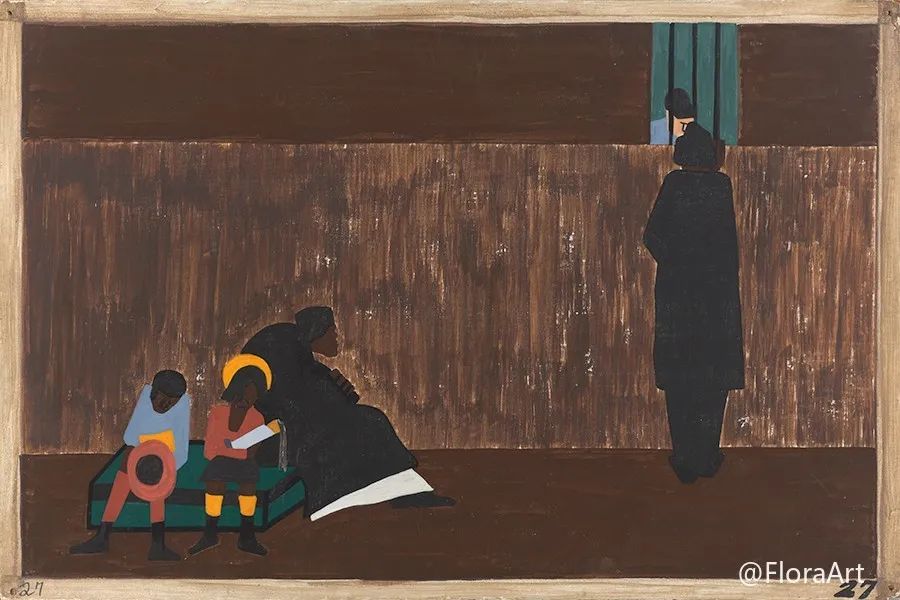
27 Many men stayed behind until they could take their families north with them.
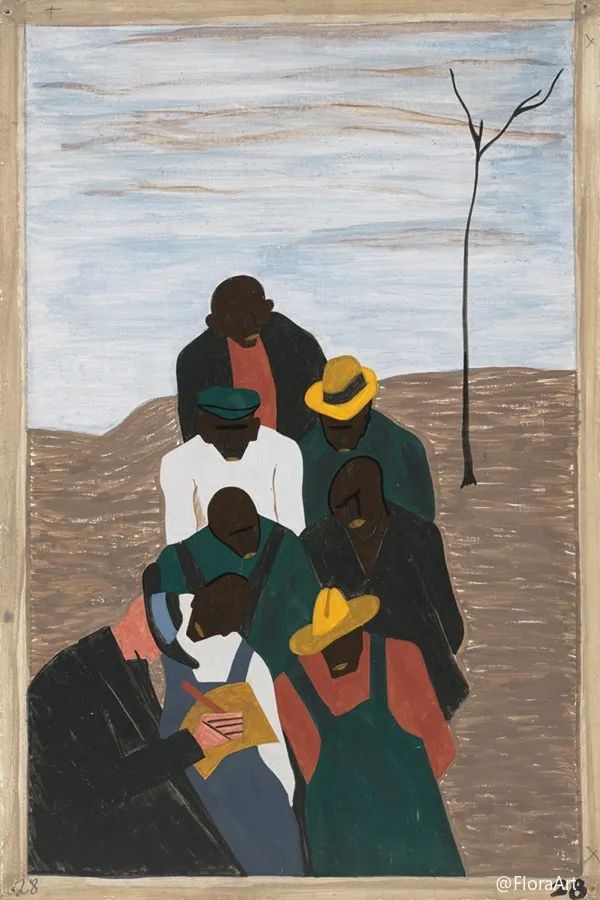
28 The labor agent sent south by northern industry was a familiar presence in the black communities.
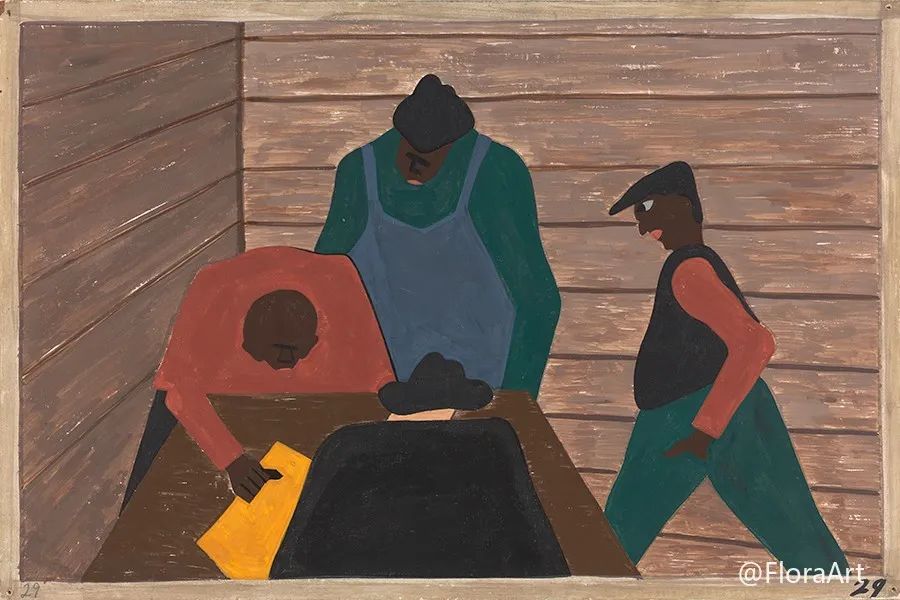
29 The labor agent recruited unsuspecting laborers as strike breakers for northern industries.
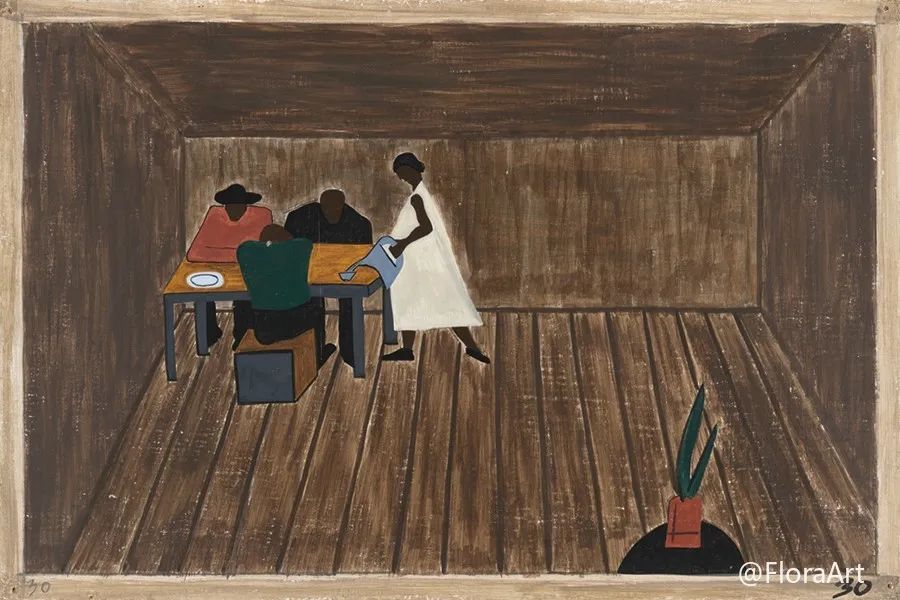
30 In every southern home people met to decide whether or not to go north.
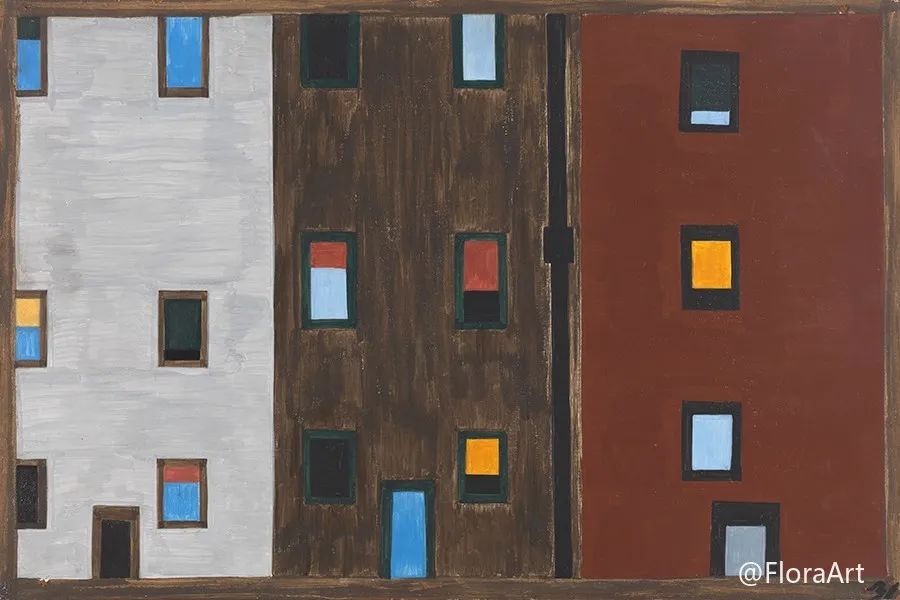
31 The migrants found improved housing when they arrived north.
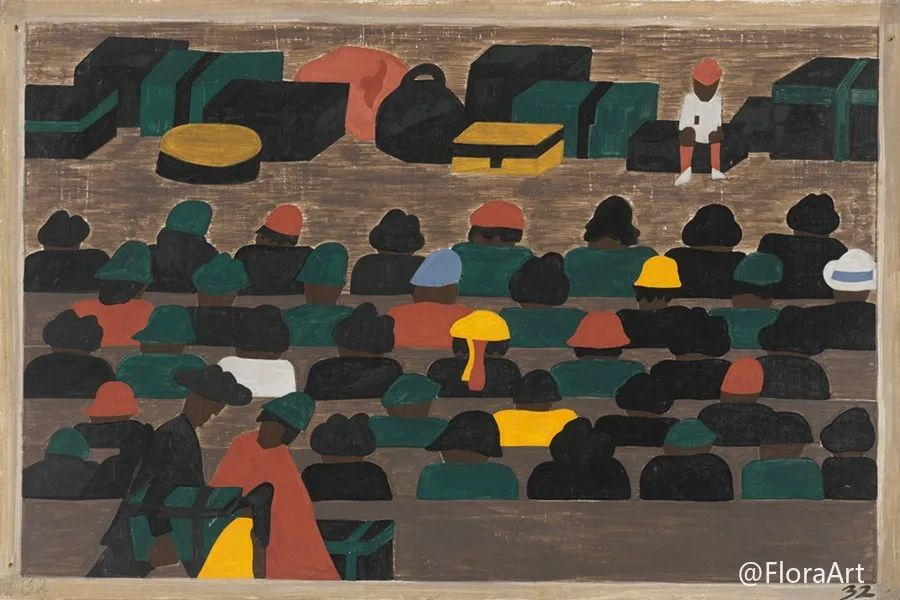
32 The railroad stations in the South were crowded with northbound travelers.
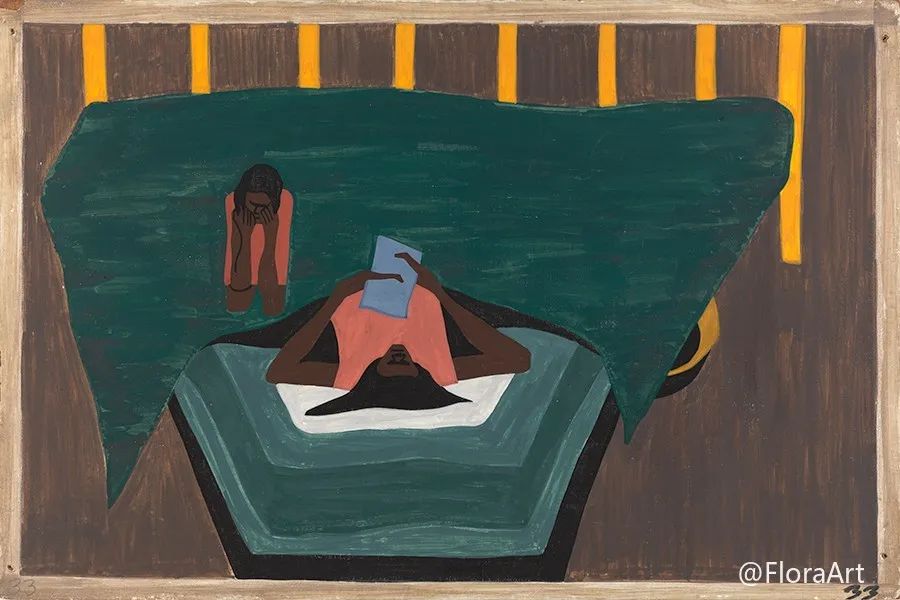
33 Letters from relatives in the North told of the better life there.
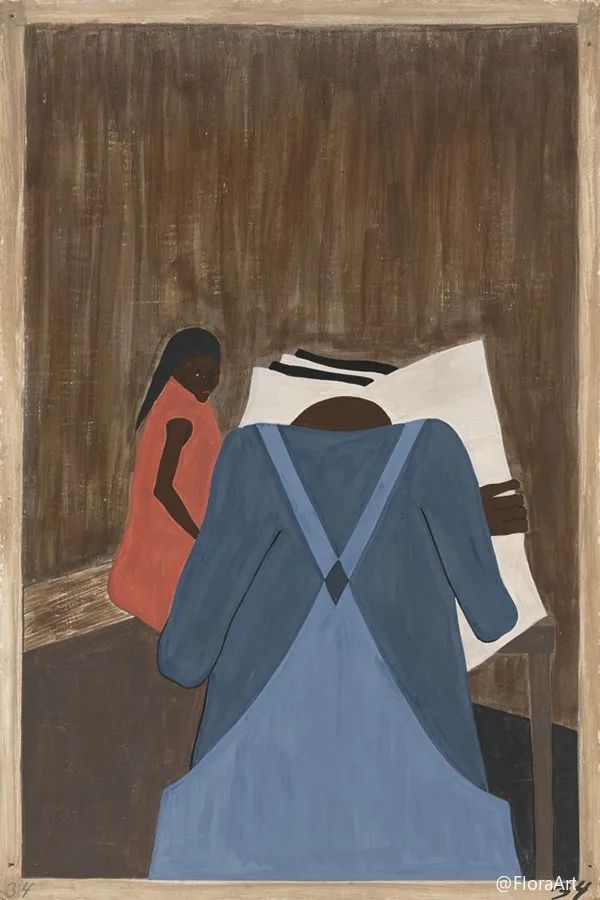
34 The black press urged the people to leave the south.
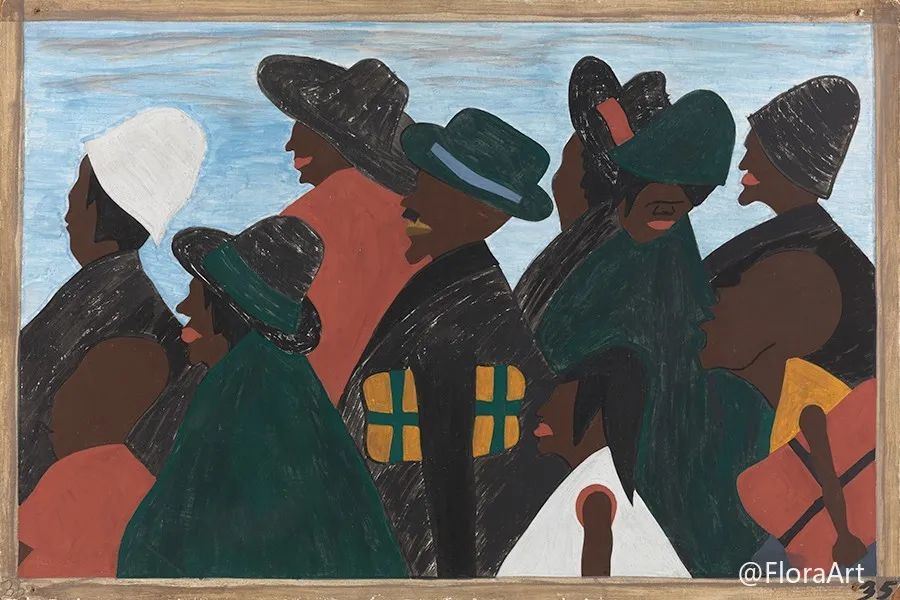
35 They left the South in great numbers. They arrived in the North in great numbers.

36 Migrants arrived in Chicago, the gateway to the West.
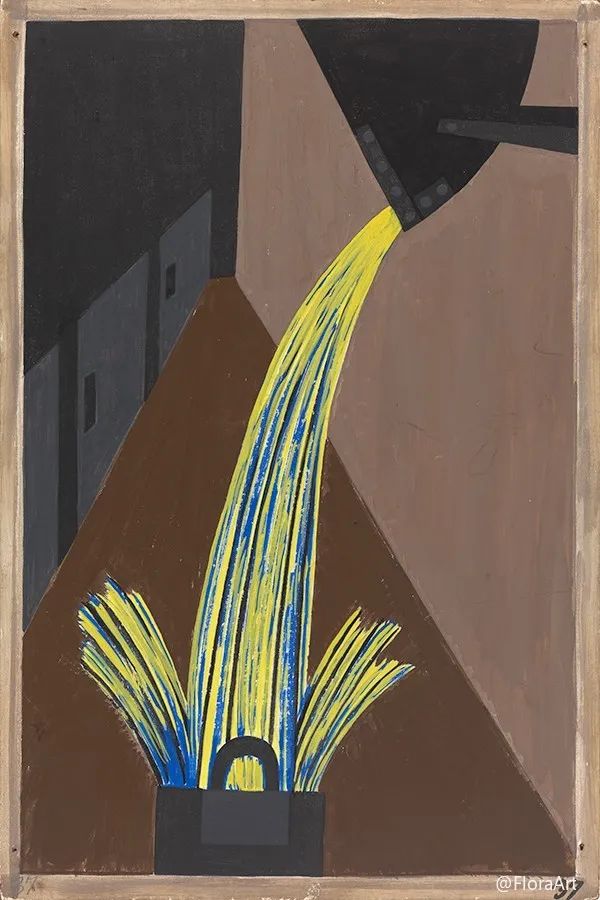
37 Many migrants found work in the steel industry.
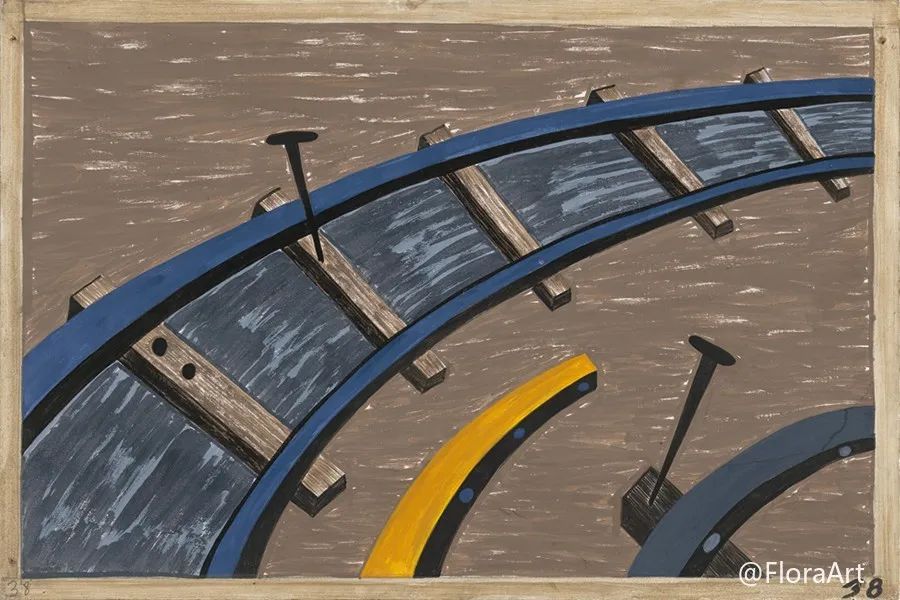
38 They also worked on the railroads.

39 Railroad platforms were piled high with luggage.
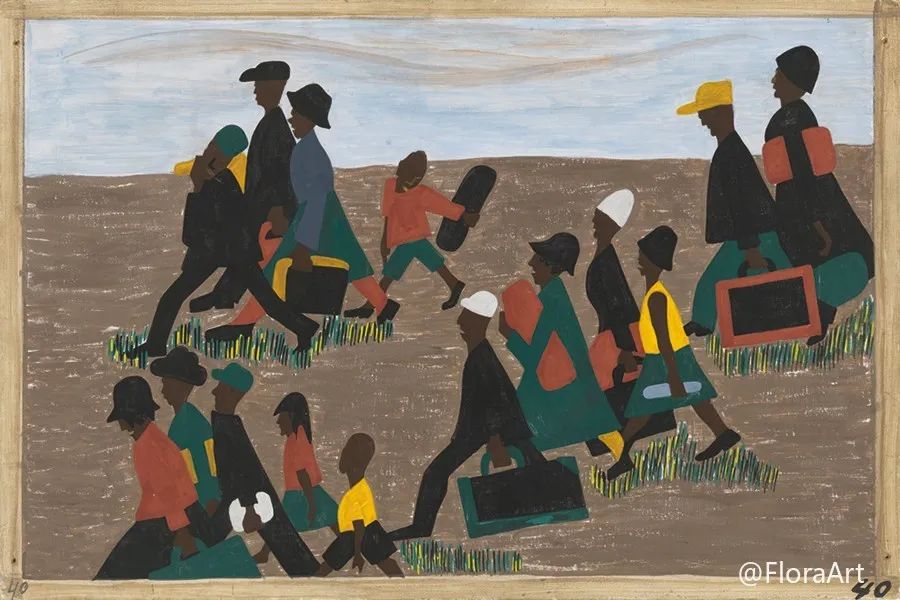
40 The migrants arrived in great numbers.
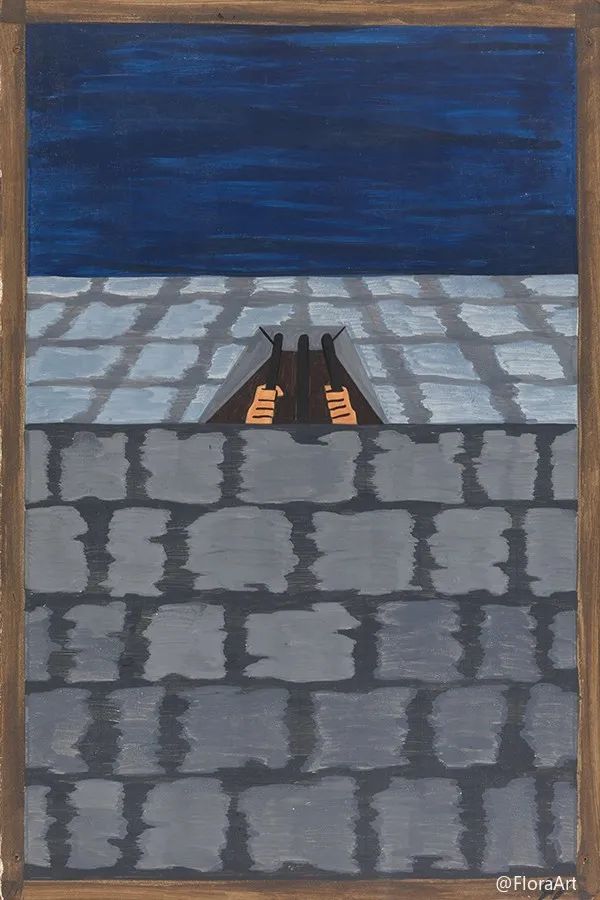
41 The South was desperate to keep its cheap labor. Northern labor agents were jailed or forced to operate in secrecy.
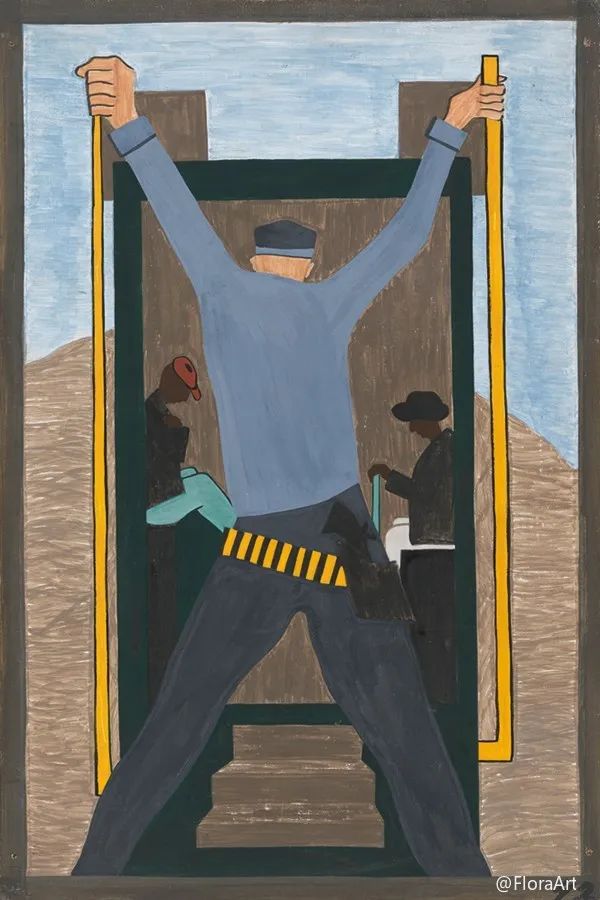
42 To make it difficult for the migrants to leave, they were arrested en masse. They often missed their trains.
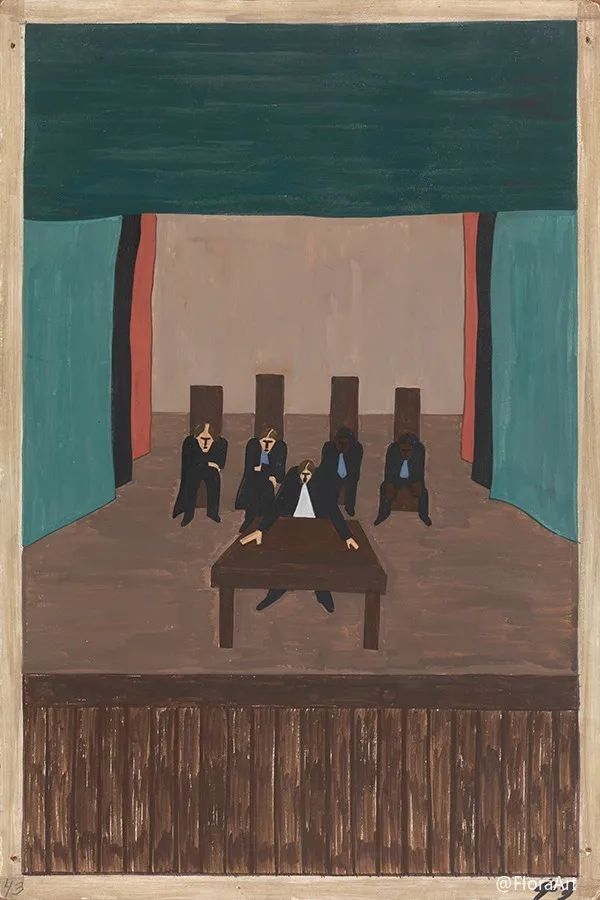
43 In a few sections of the South leaders of both black and white communities met to discuss ways of making the South a good place to live.

44 But living conditions were better in the North.
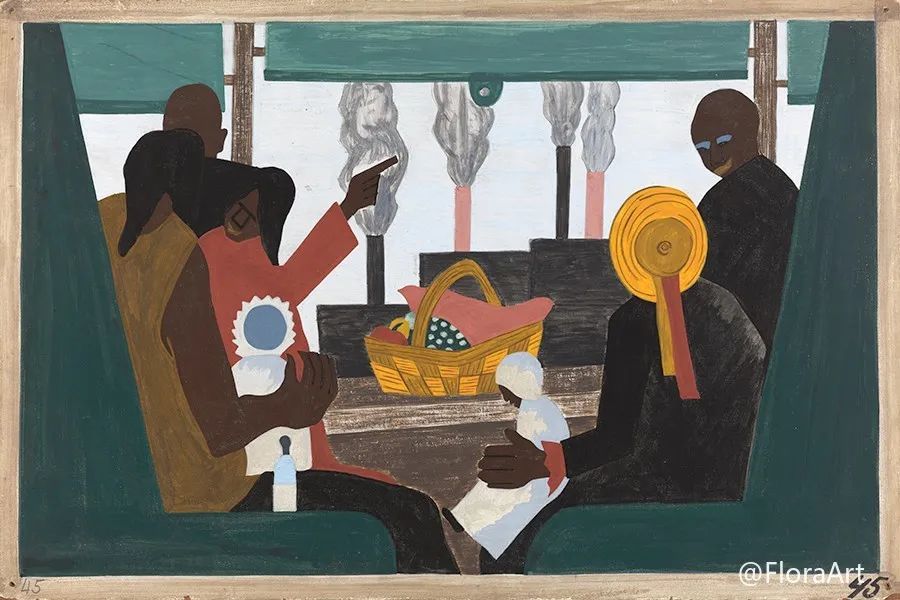
45 The migrants arrived in Pittsburgh, one of the great industrial centers of the North.
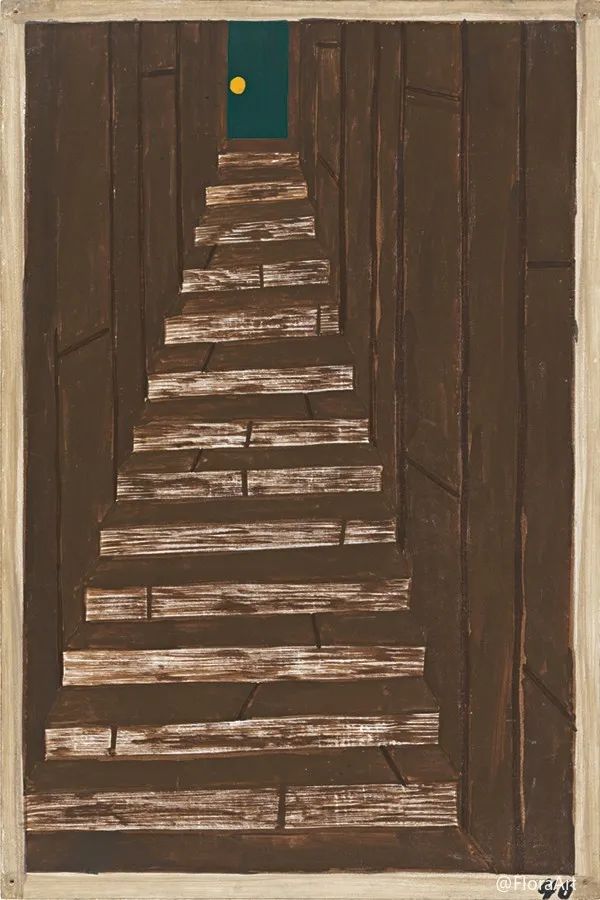
46 Industries boarded their workers in unhealthy quarters. Labor camps were numerous.
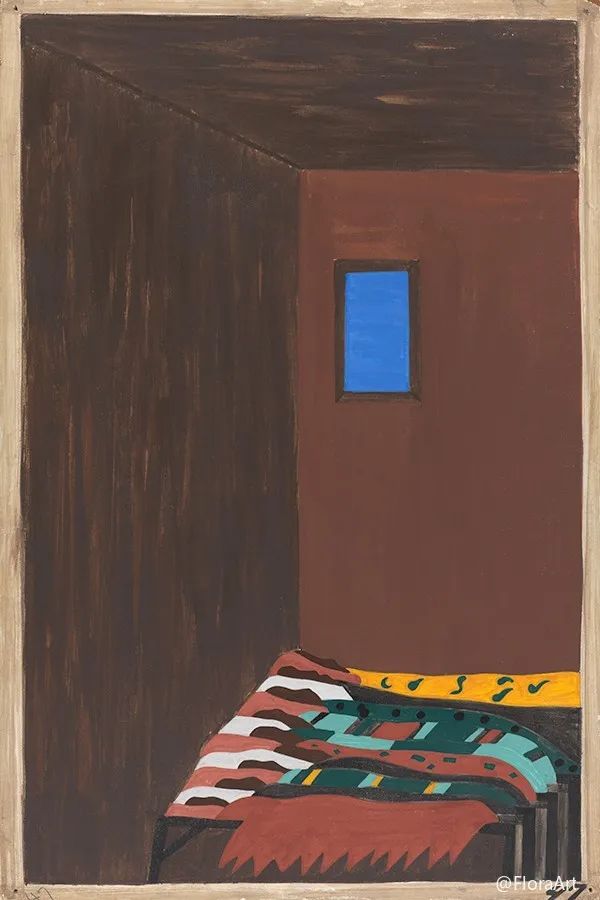
47 As the migrant population grew, good housing became scarce. Workers were forced to live in overcrowded and dilapidated tenement houses.
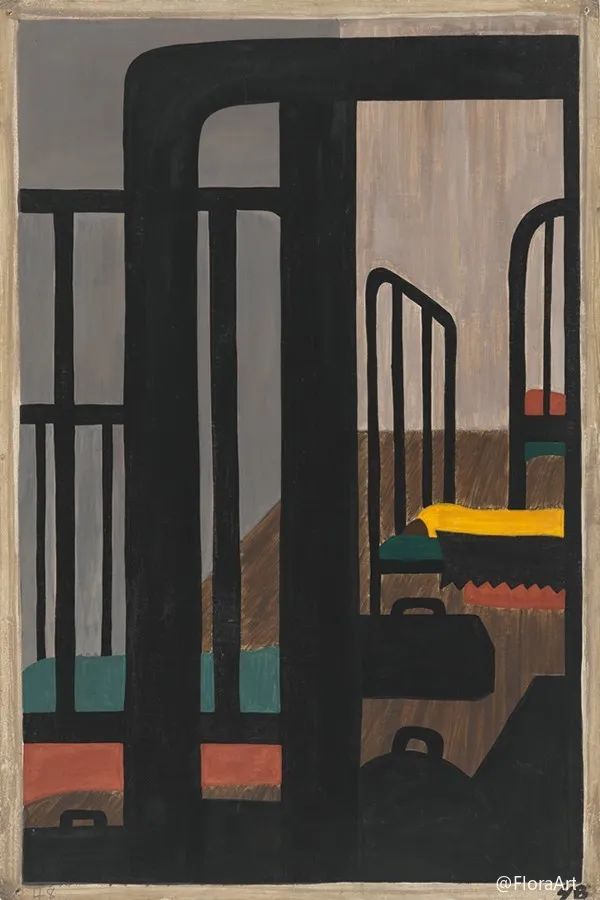
48 Housing was a serious problem.
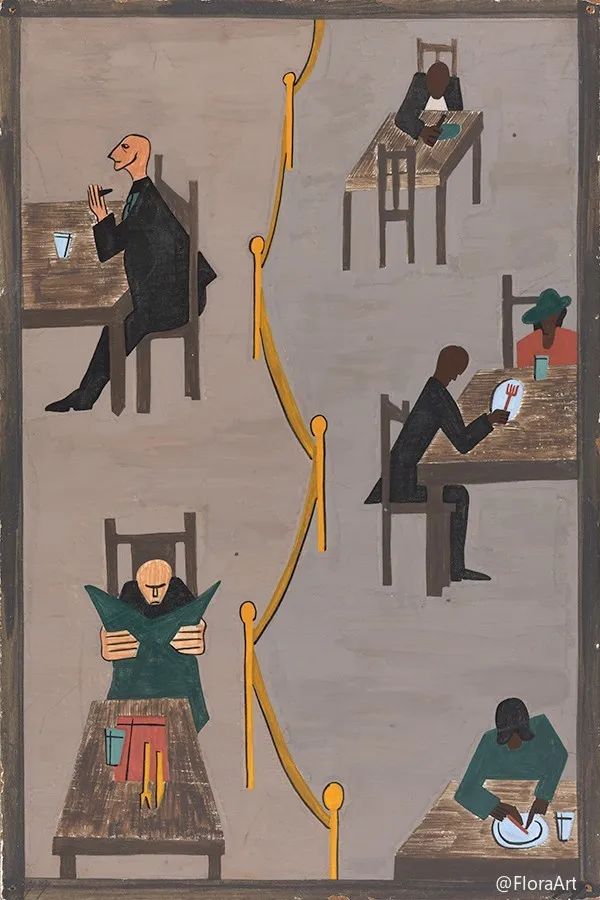
49 They found discrimination in the North. It was a different kind.
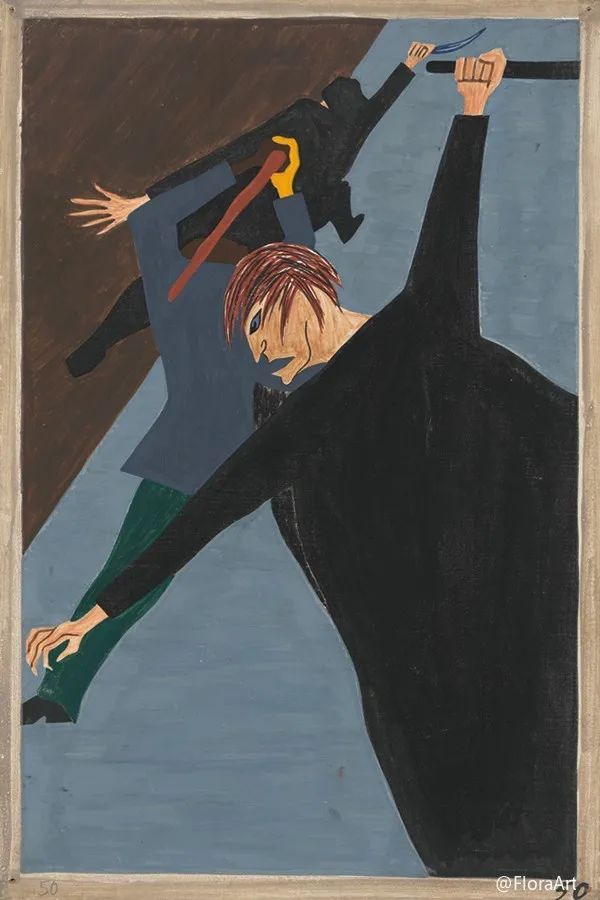
50 Race riots were numerous. White workers were hostile toward the migrant who had been hired to break strikes.
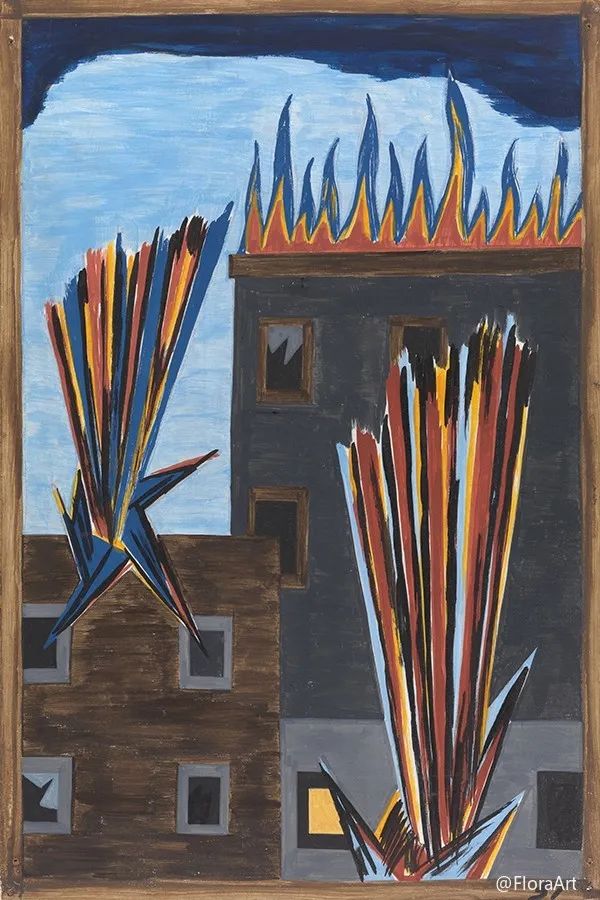
51 African Americans seeking to find better housing attempted to move into new areas. This resulted in the bombing of their new homes.
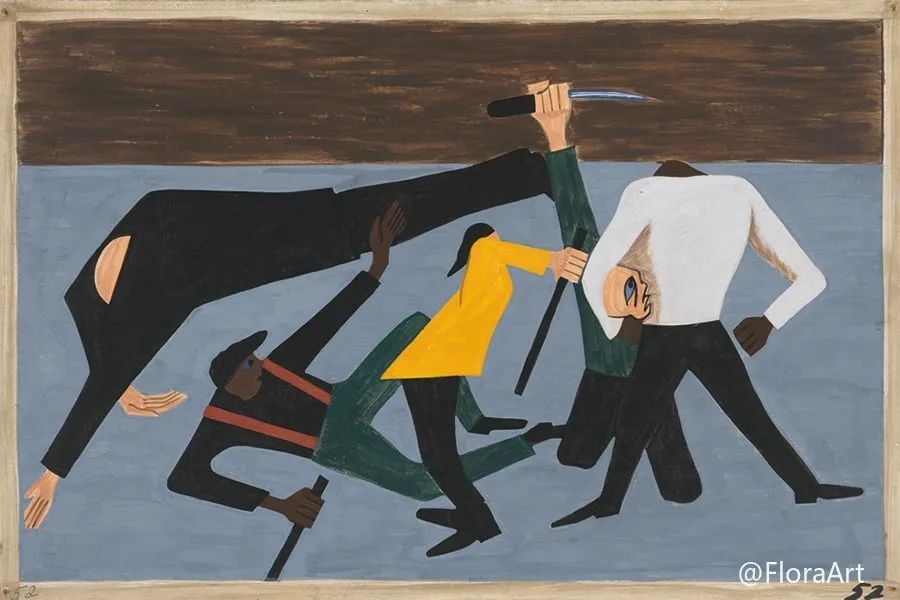
52 One of the most violent race riots occured in East St. Louis.
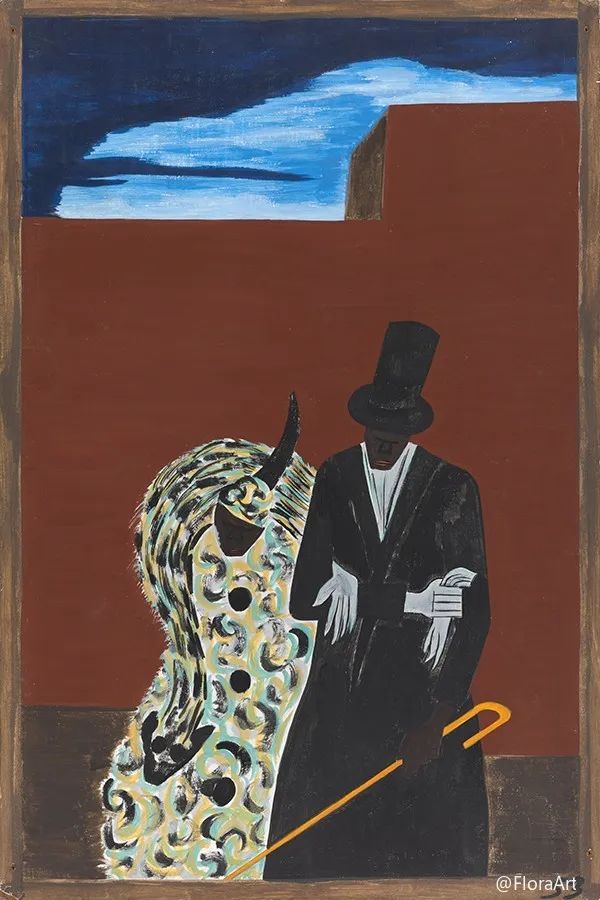
53 African Americans, long-time residents of northern cities, met the migrants with aloofness and disdain.
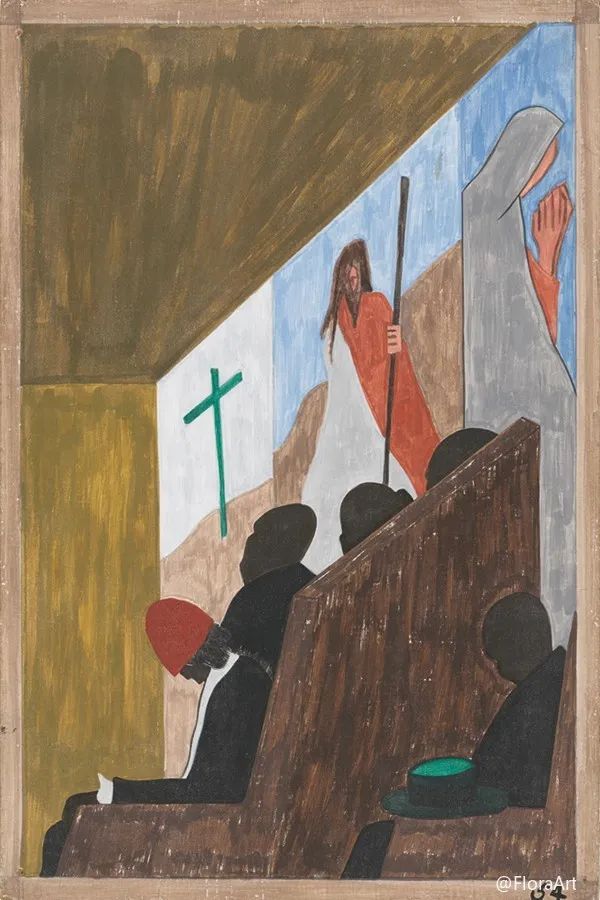
54 For migrants, the church was the center of life.

55 The migrants, having moved suddenly into a crowded and unhealthy environment, soon contracted tuberculosis. The death rate rose.
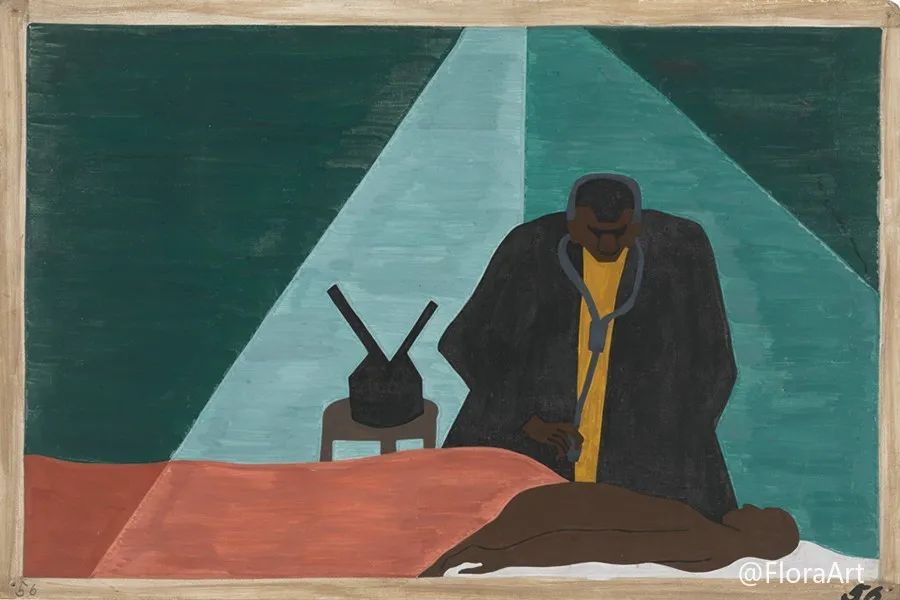
56 The African American professionals were forced to follow their clients in order to make a living.
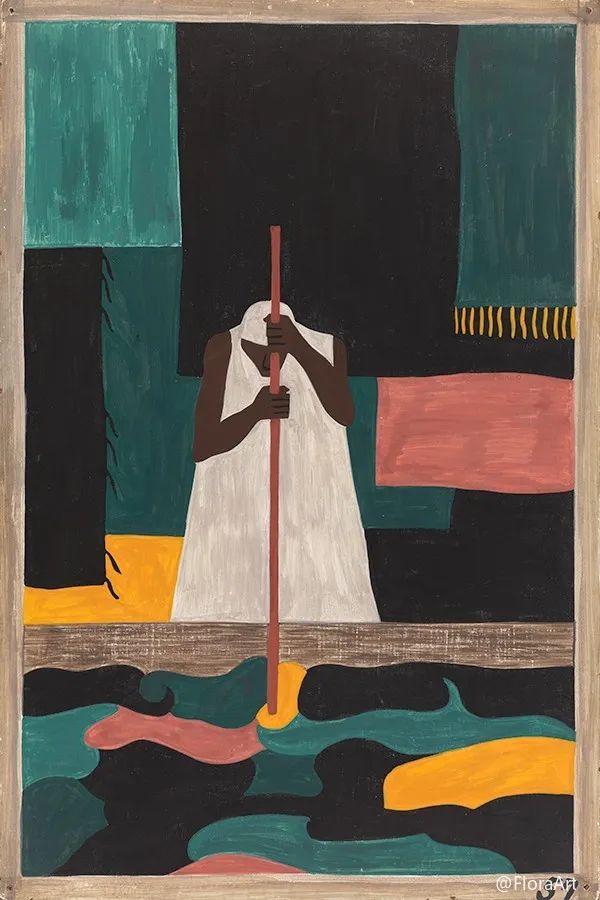
57 The female workers were the last to arrive north.
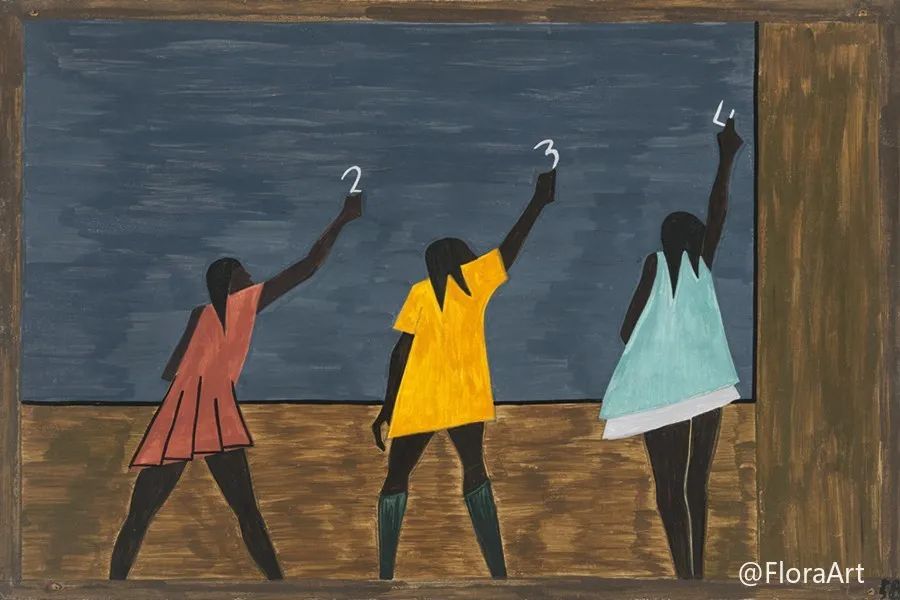
58 In the North the African American had more educational opportunities.

59 In the North they had the freedom to vote.
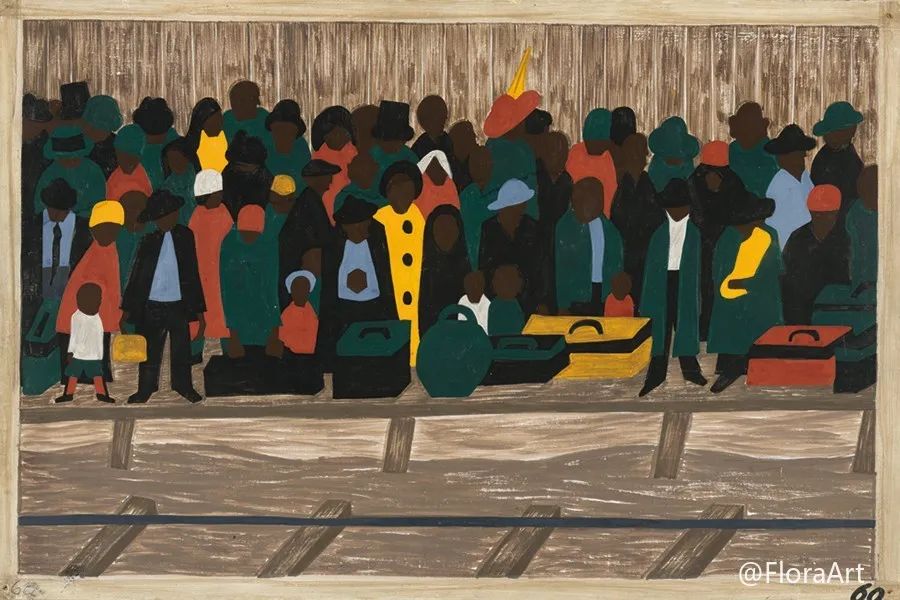
60 And the migrants kept coming.
素材大小:201MB。




































